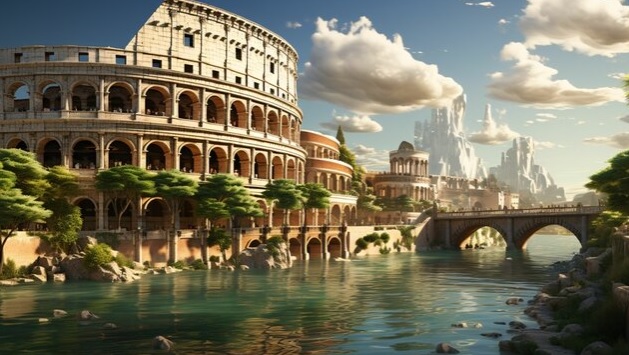Classical adobes and historic structures
The adobe architecture was some of the earliest structures. This type of structure was made from natural materials like dung, straw, sand, and clay. There are other materials that are used as well. The adobe is formed into bricks. Then the bricks are dried in the sun, much like cob or even mud bricks.
The structures become extremely durable. They are used mainly in hot, arid climates because they remain cool in the summer and release heat very slowly in the winter.
The same mixture, without the straw, is used for mortar in placing the dried adobe bricks together to form a structure. Then there are some that use lime-based cement as plaster to add protection for those wet months. The thickness of the adobe bricks is key to the architecture.
This is what will keep the structure cool in the hot months and warm in the cold months. The largest structure ever erected by Adobe was the Bam Citadel. But it suffered serious damage from an earthquake in 2003. The Huaca del Sol in Peru is another grand adobe structure that was created from over 100 million signed bricks.
When it comes to the world’s largest adobe architecture, it was erected in 500 BC and is known as the citadel of Arg-e-Bam. The area of Bam Citadel is 180,000 square meters and is surrounded by walls 6-7 meters high and 1815 meters in length, all out of Adobe.
When the gates to the city were closed, no human or animal could enter. This is a city that is self-contained, but it has access to gardens and cattle all within the city. When it comes to adobe architecture, it is a little bit different when it comes to placing a roof on the structure.
You will find that the roofs are made of wood or metal, but then there are dried adobe bricks placed on top of the structure and plastered to stay in place on the roof.
